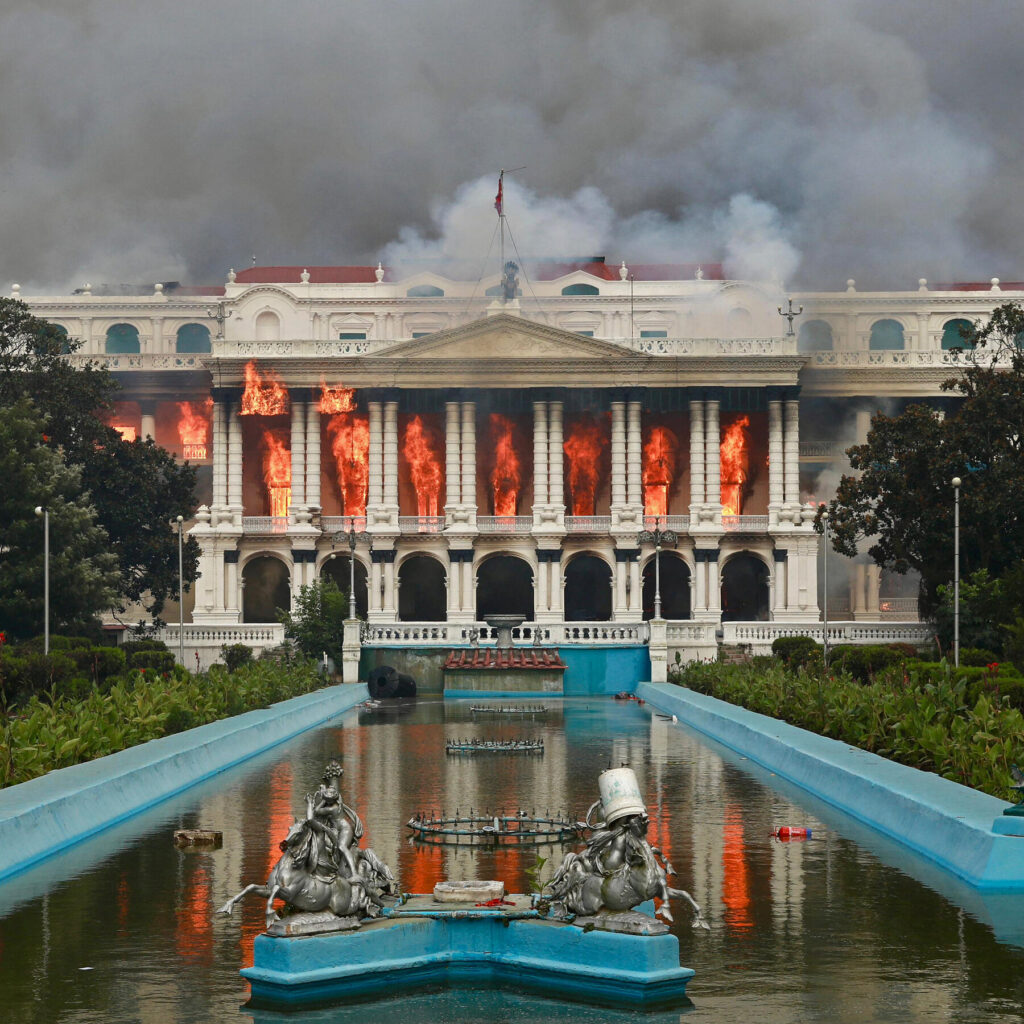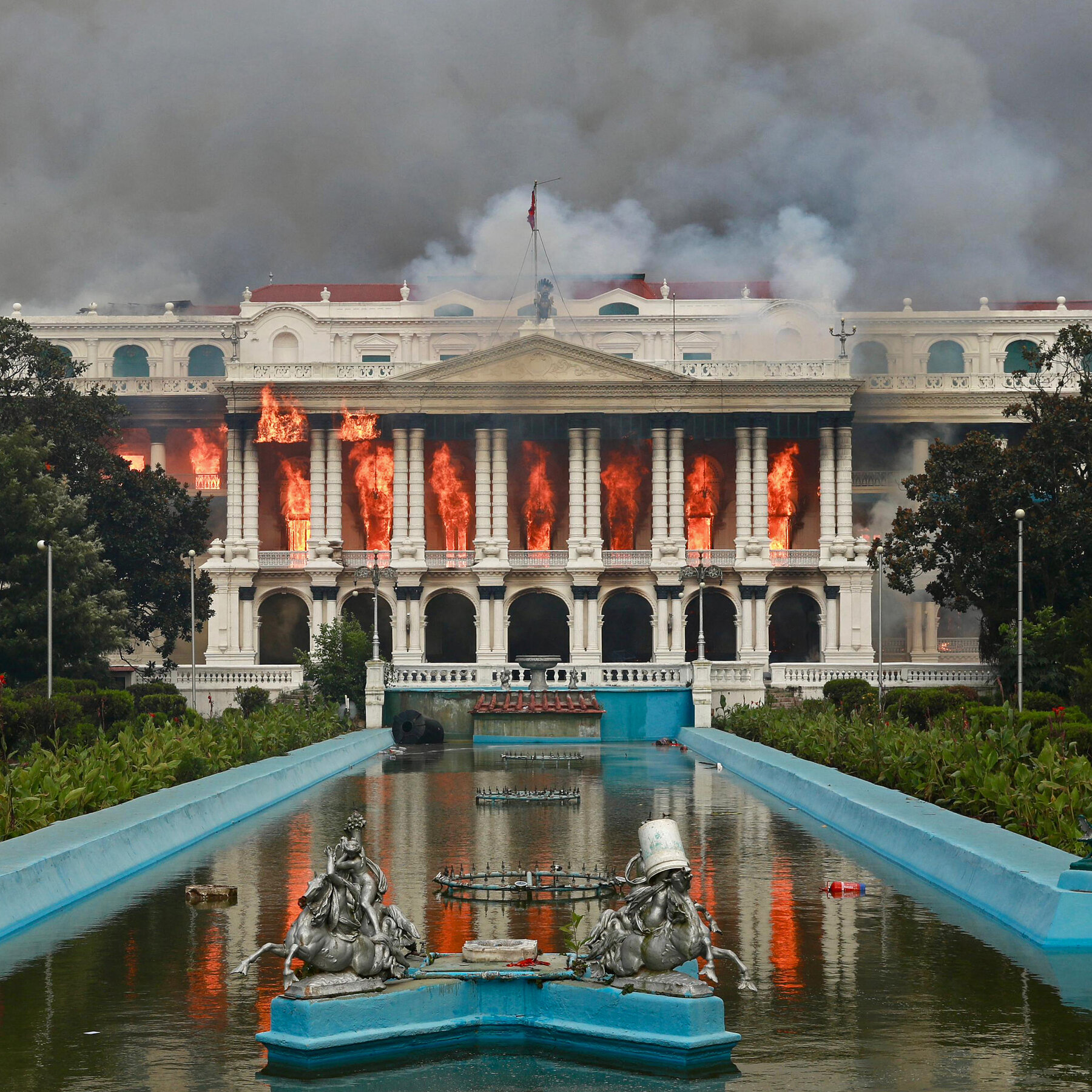Arson That Seemed Spontaneous in Nepal Could Have Been Deliberate
Arson That Seemed Spontaneous in Nepal Could Have Been Deliberate

A New York Times investigation points to a coordinated campaign of destruction during last month’s unrest. An official inquiry is underway but answers are growing harder to find.
Read the full article on NY Times World
Truth Analysis
Analysis Summary:
The article suggests a coordinated arson campaign in Nepal, which is partially supported by one source linking youth protests to potential external influence. However, the claim of a 'coordinated campaign of destruction' lacks strong verification across multiple sources, resulting in a mixed accuracy score. The article exhibits moderate bias by presenting the possibility of deliberate arson as a key focus, potentially overlooking other contributing factors to the unrest.
Detailed Analysis:
- Claim: A New York Times investigation points to a coordinated campaign of destruction during last month’s unrest.
- Verification Source #4: Source 4 mentions youth protests in a different location (Ladakh) and suggests they may not have been spontaneous, implying potential external influence, which could be related to the claim of a coordinated campaign.
- Assessment: Partially supported. Source 4 hints at the possibility of orchestrated protests, but it's not a direct confirmation of a 'coordinated campaign of destruction' as claimed in the article, and it refers to a different location.
- Claim: An official inquiry is underway but answers are growing harder to find.
- Assessment: Unverified. None of the provided sources mention an official inquiry or the difficulty in finding answers.
Supporting Evidence/Contradictions:
- Source 4: Youth protest in lay yesterday may not have been as spontaneous as earlier thought to be. ... Nepal protest which he believed could could encourage large scale

